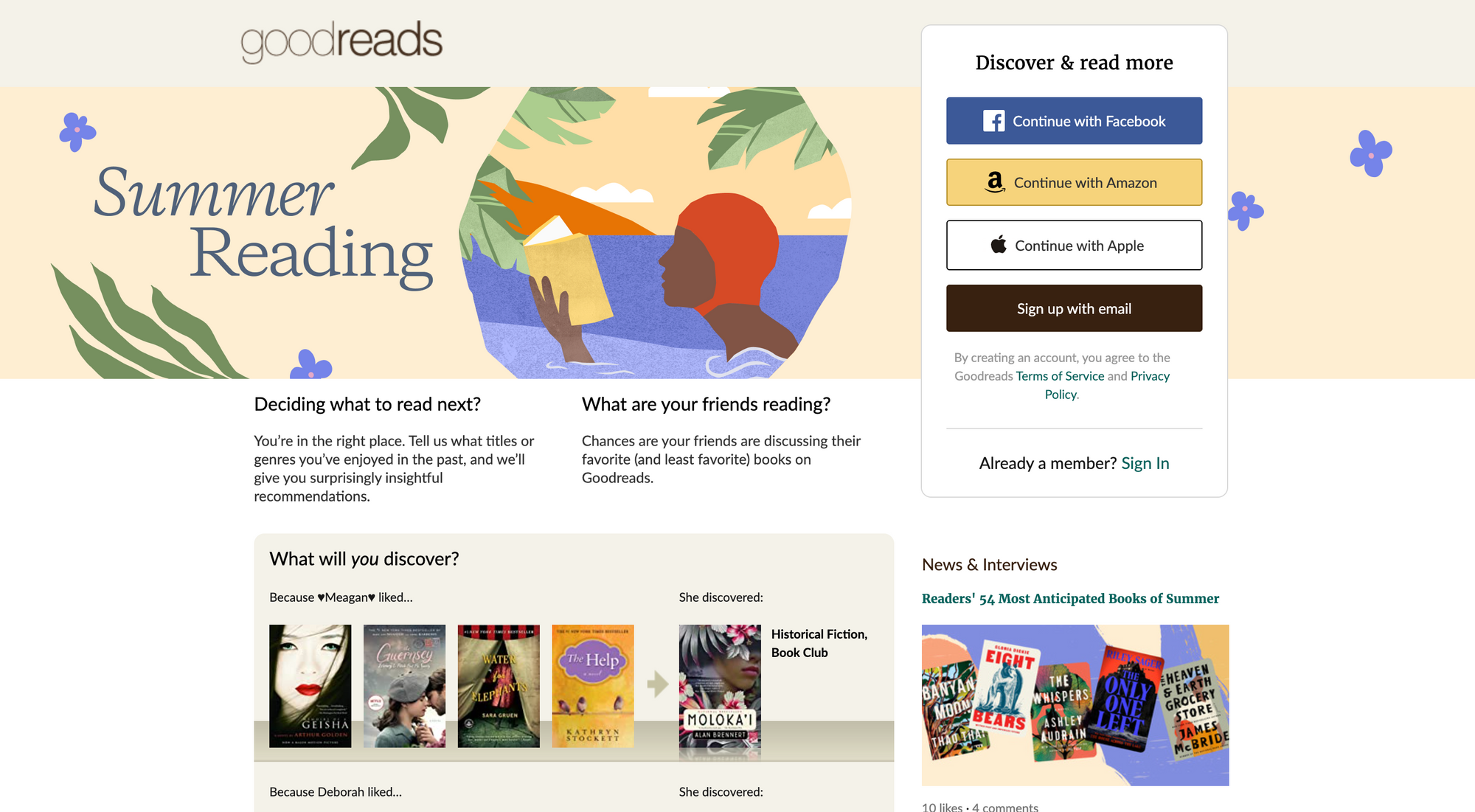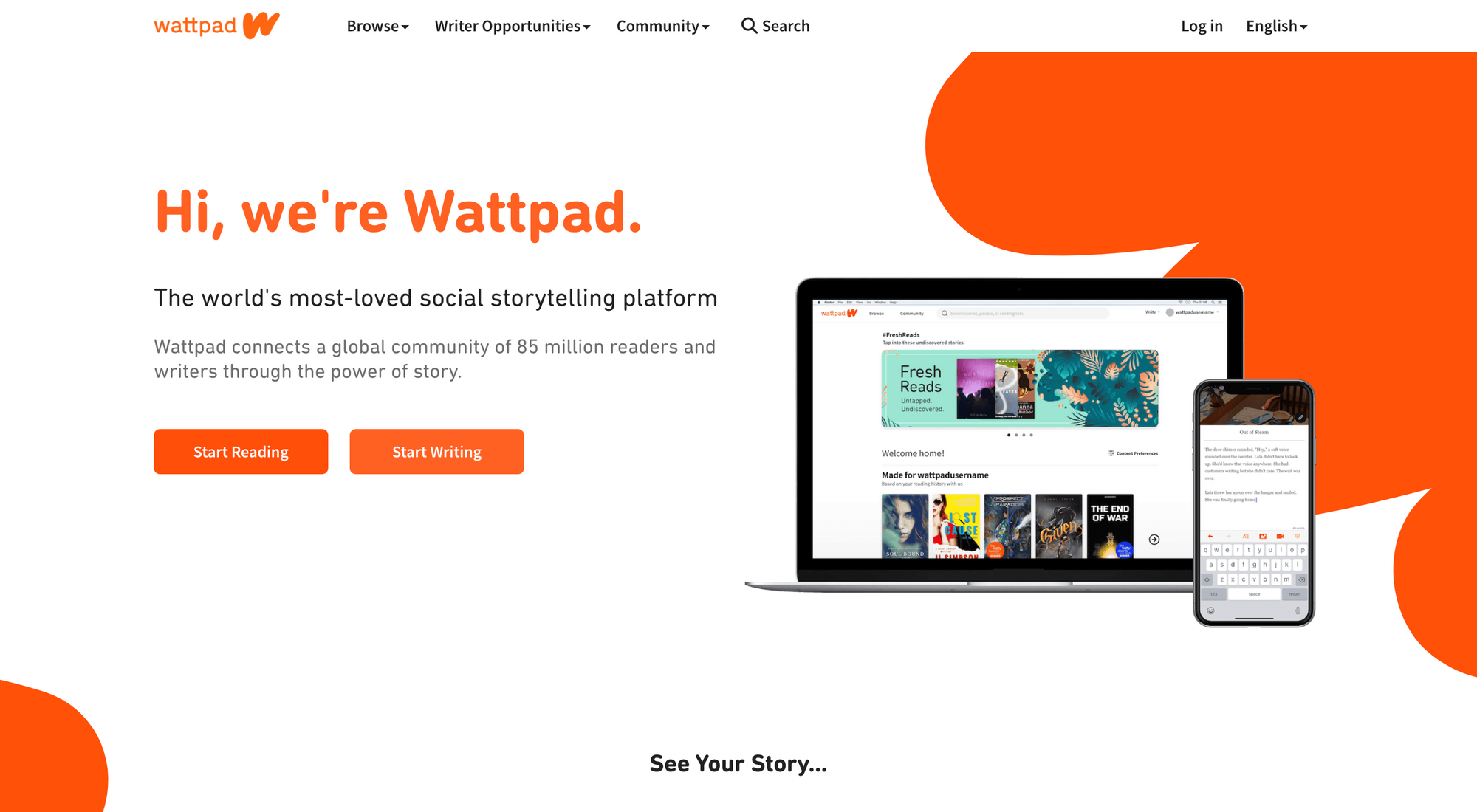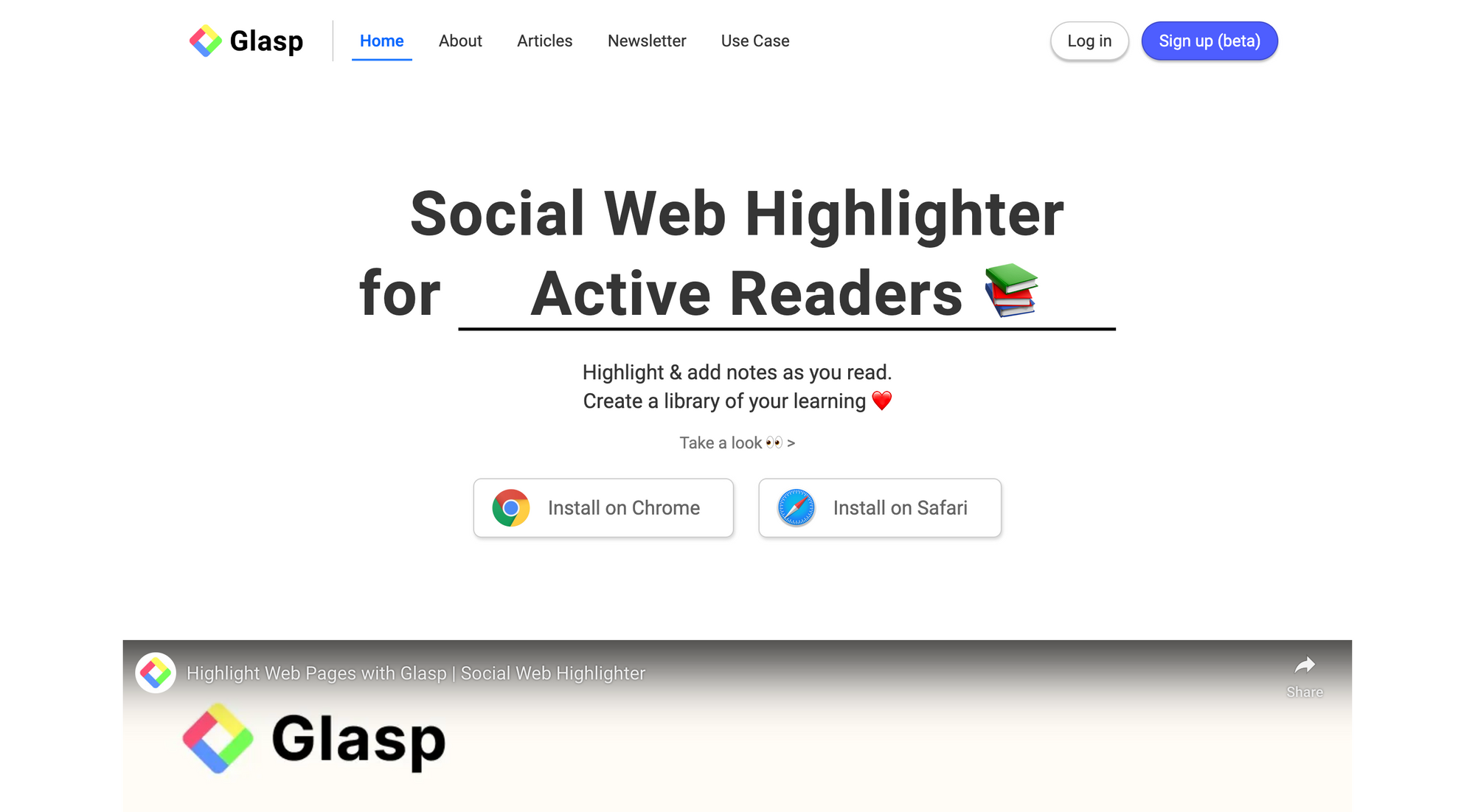What is Social Reading and Why Does it Benefit You?

Social reading refers to the practice of sharing and interacting around reading materials in a social context. This could be anything from book clubs where people discuss a book they've all read, to online platforms where users can highlight and comment on specific passages and share those annotations with others.
In this article, we introduce the benefits, history, tools, and concerns of social reading. Hope our insights into social reading helps you understand it.
Benefits of Social Reading
At least, there are five benefits of social reading.
- Increased Engagement - Social reading promotes active participation and engagement by creating a platform for readers to discuss and exchange ideas about the content of the book. By promoting active participation, readers are more likely to delve deeper into the content of the book, leading to a better understanding and appreciation of the material. It also stimulates critical thinking as readers discuss and exchange ideas.
- Diverse Perspectives - Through social reading, readers can gain exposure to different perspectives, cultures, and experiences, broadening their knowledge and understanding of the world. This diversity can challenge pre-existing beliefs, stimulate intellectual growth, and foster empathy and understanding towards others.
- Improved Retention - Discussing and reflecting on what was read helps readers to better understand and remember the material, resulting in improved retention. This active engagement with the text aids in cementing the information in their memory, leading to better long-term retention. This not only enhances their reading experience but also makes them more effective learners, able to apply the knowledge gained in new contexts.
- Accountability - When reading with a social group, readers are held accountable for keeping up with the reading schedule and participating in the discussions, which can help motivate them to stay on track. This creates a sense of obligation that can encourage them to read more regularly and diligently. It can also deter procrastination and make reading a more structured and consistent habit.
- Enhanced Enjoyment - Social reading can be a fun and rewarding experience, as readers can bond over shared interests and develop friendships through their love of books. As readers engage with others over shared interests, they can form bonds and friendships rooted in their mutual love for books. This can make reading a more enjoyable and fulfilling activity, transforming it from a solitary pursuit into a communal experience.
The History of Social Reading
Social reading has a long and fascinating history, dating back to ancient times when text was read aloud in groups or communities. However, it wasn't until the advent of the printing press in the 15th century that social reading began to take on a more formal structure. The first reading groups or societies emerged in the 18th century, with one notable example being The Club, whose members included Samuel Johnson and Edmund Burke.
In the 20th century, social reading continued to evolve with the rise of book clubs and literary discussion groups. However, it wasn't until the digital age that social reading truly took off. With the rise of social media and technology, it has now evolved into a more dynamic and interactive experience. One of the earliest social reading platforms was BookGlutton, launched in 2008, which allowed users to read and discuss books online. Since then, numerous social reading platforms have emerged, such as Goodreads, LibraryThing, and Litsy, each offering their own unique features and advantages.
Overall, social reading has a rich and varied history, with its evolution mirroring that of technology and society as a whole. The emergence of digital platforms has opened up new and exciting ways for individuals to connect over books and reading, and it will be interesting to see how social reading continues to evolve in the future.
Tools for Social Reading
So far, we have seen a lot of tools for social reading. One of the most innovative social reading programs is Goodreads. Founded in 2007, it has become one of the largest online communities of book lovers. Goodreads allows users to track the books they have read, want to read, and are currently reading. It also facilitates discussions and book clubs, providing users with the opportunity to interact with like-minded people from all over the world.

Another example of a highly innovative social reading platform is Wattpad. Wattpad is a website and app that allows writers to publish their work and connect with readers. It has a vast collection of user-generated stories that readers can read for free. Readers can also communicate with writers and provide feedback, creating a sense of community and connection.

The last example is Glasp. Glasp is a social web highlighter that lets people highlight web content such as texts, PDFs, and YouTube videos. Glasp adds a social layer to articles reading such as following other readers, discovering content through like-minded people, and

In conclusion, social reading has come a long way, and innovative platforms such as Goodreads, Wattpad, and Glasp have revolutionized the way readers interact with books and articles and with each other. These programs have made reading a more interactive and enjoyable experience and have created a global community of book lovers.
Concerns about Social Reading
Social reading is a popular trend in the digital age, but it is not without its potential drawbacks. One of the biggest concerns surrounding social reading is the issue of privacy. When people share their reading habits and opinions with others online, they may unknowingly reveal personal information that could be used against them. This is especially true for younger readers who may not yet understand the risks associated with social media.
Another concern related to social reading is safety. While it is certainly fun to connect with others over shared reading interests, it is important to be cautious and aware of potential dangers. This is particularly relevant for children and adolescents, as they may be more vulnerable to online predators or cyberbullies.
In addition to privacy and safety concerns, there are also other potential drawbacks to social reading. For example, some critics argue that by relying too heavily on social media and other online platforms to connect with other readers, we may be losing something essential about the reading experience. Reading is supposed to be a solitary activity that allows us to escape into another world, and by constantly seeking validation and feedback from others online, we may be depriving ourselves of this essential aspect of the reading experience.
Overall, while social reading can be a fun and engaging way to connect with others over shared reading interests, it is important to be aware of the potential drawbacks and concerns associated with this trend. By taking appropriate precautions and being mindful of our online behavior, we can ensure that we are reaping the benefits of social reading without putting ourselves at risk of harm.
Before You Leave
Thank you for reading the article! If you have any questions, please look at FAQ or message us.
Please look at the tutorials and use-case interviews below for reference.
- Online Highlighter: How to Highlight Text on Pages
- The division of roles in knowledge management tools
- How to import Kindle highlights & notes into Glasp & export them as a file
- Glasp and Professional Technical Writer Carlos Franco
- Glasp and LinkedIn Posts with Puppy Tsai
See you next time,
Glasp team
—
